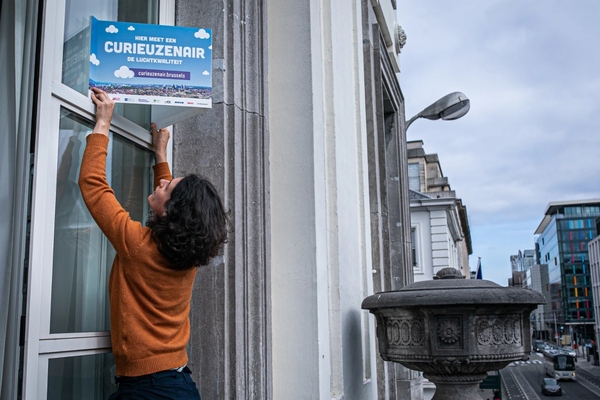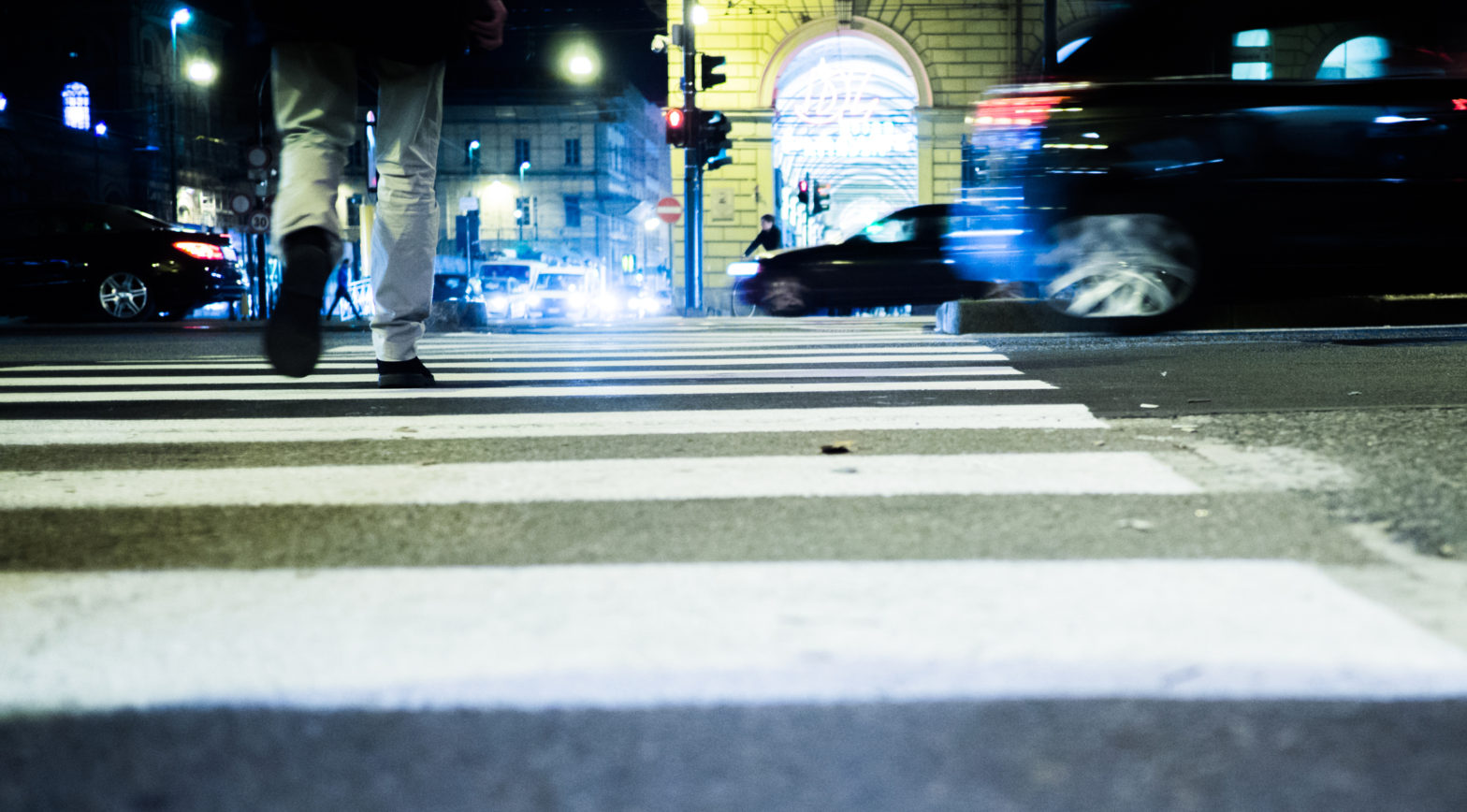
Photo: Bloomberg Philanthropies
Brussels air quality project reveals disparities between rich and poor
23 March 2022
by Christopher Carey
A citizen-led air quality project in Brussels, Belgium has revealed a striking disparity in pollution levels across the city.
Results from the CurieuzenAir initiative – the Belgian capital’s largest ever ‘citizen science’ project on air quality – found that socio-economically vulnerable neighbourhoods were more likely to suffer from high pollution levels.
Between 25 September and 23 October 2021, 3,000 residents mapped the concentration of nitrogen dioxide (NO2) – a key indicator of air pollution caused by traffic – in their streets via measuring tubes outside their homes.
While a slight drop in overall pollution was observed, there were stark differences in its distribution across the city.
“CurieuzenAir is a great example of the importance of citizen science,” said Alain Maron, Brussels Minister for Climate Transition, Environment, Social Affairs and Health.
“Thanks to all the citizens that took part in the project, we collected unprecedented results on air pollution in Brussels, which help us to better understand the problem in our city.
“While we see that the situation is slowly improving, the concentrations measured still remain unacceptable, and call for urgent, in-depth action – we need to make sure that everyone in the city, wherever they live and whatever they earn, get to breathe clean and healthy air.”
Commenting on the improvement in air quality observed in the study, Dirk Jacobs, Professor of Sociology at the Université Libre de Bruxelles told Cities Today: “[This] has to do with EU policies – higher standards for combustion engines in cars and regional policy steps like the introduction [of the] Low Emission Zone and stimulating cycling.
“There is also the temporary Covid-effect as measurements were done in October when a lot of people still were obliged to work from home, so air quality will in the meantime have gotten worse again, as we can see in the permanent measurement points of the government.”
Exceeding limits
Using an interactive dot map, each measuring point was assigned a colour corresponding to the value measured.
CurieuzenAir found that 1.4 per cent of Brussels citizens – 17,000 people – are exposed to air quality exceeding the 40 µg/m3 European air quality standards.
Additionally, 98.4 per cent of the population – 1.2 million inhabitants – live or work in areas exposed to pollution above the World Health Organization’s new threshold value of above 10 µg m-3, showing the broad impact of air pollution on the community’s public health.
The programme was supported by Bloomberg Philanthropies’ Brussels Clean Air Partnership in conjunction with the University of Antwerp, urban movement BRAL, the Université libre de Bruxelles and Brussels Environnement.
“It is definitely not pleasant to hear that you live or work at a red location,” said Professor Filip Meysman, University of Antwerp, Coordinator of CurieuzenAir.
“But that is also the purpose of our research: to make hotspots of air pollution visible and ensure that local policy makers can improve the traffic situation.”
Image: Bloomberg Philanthropies








